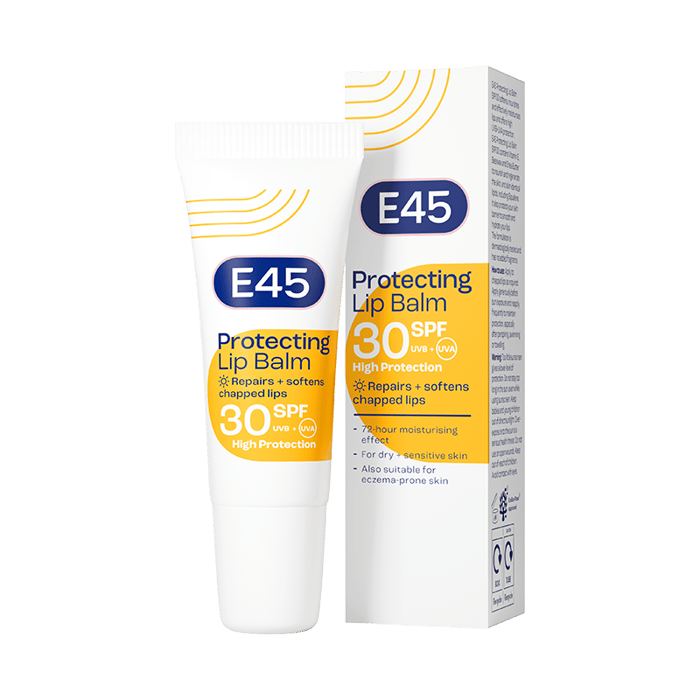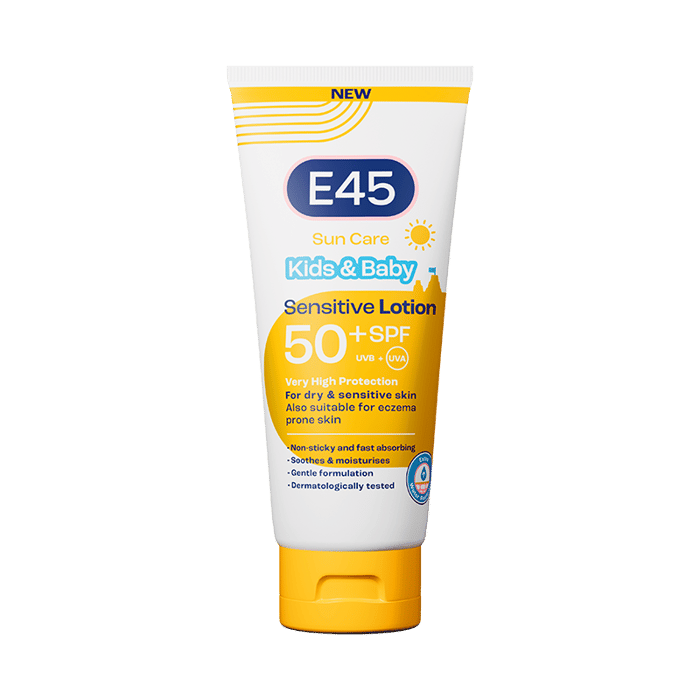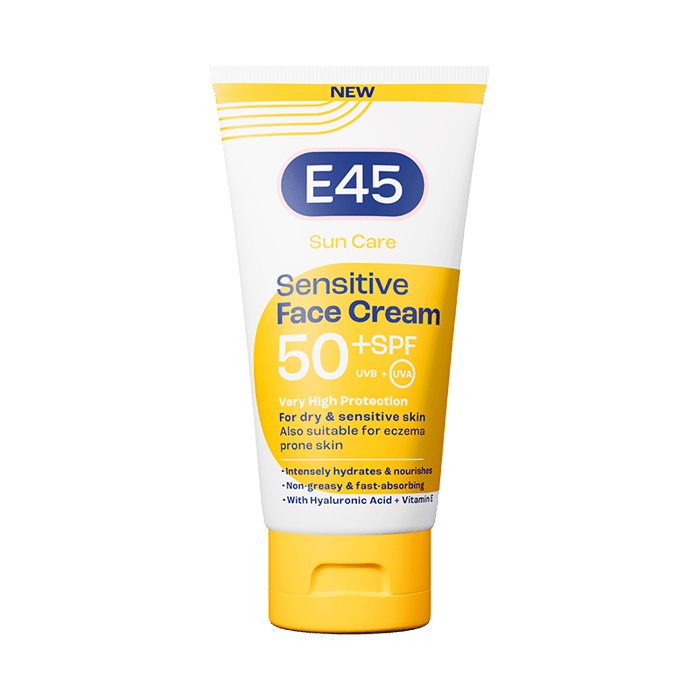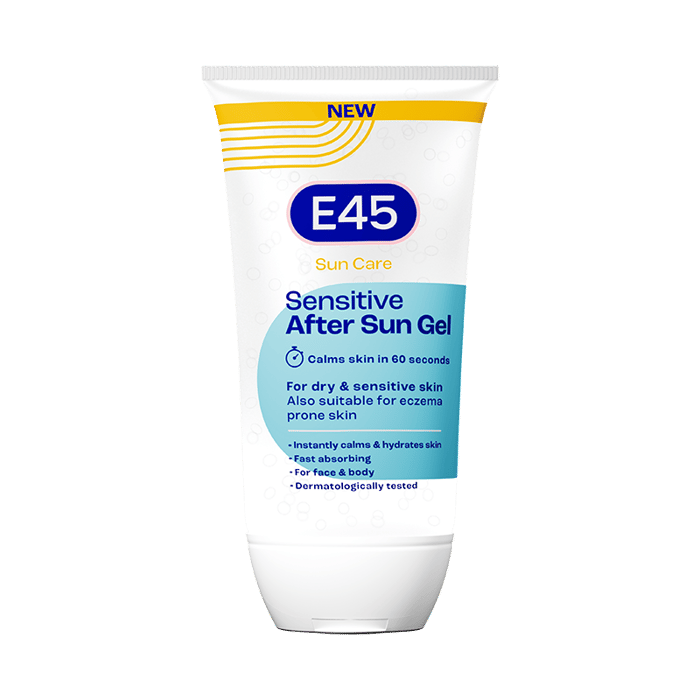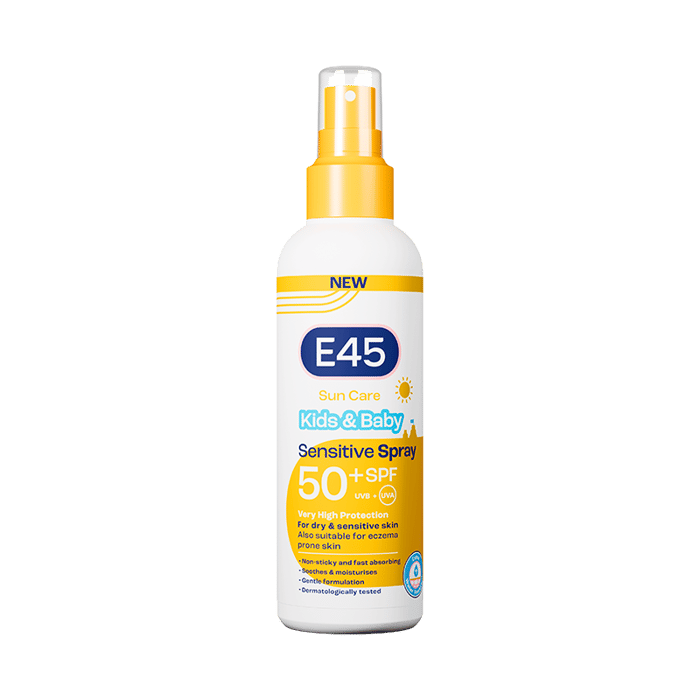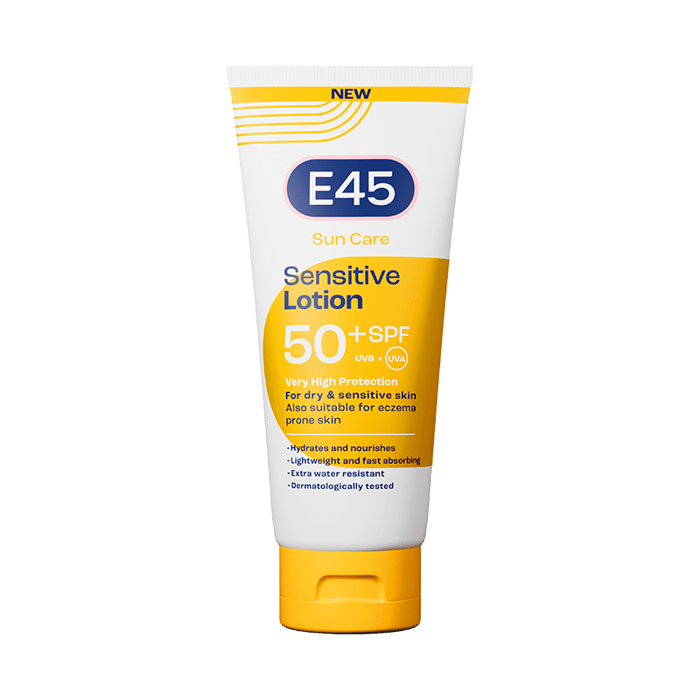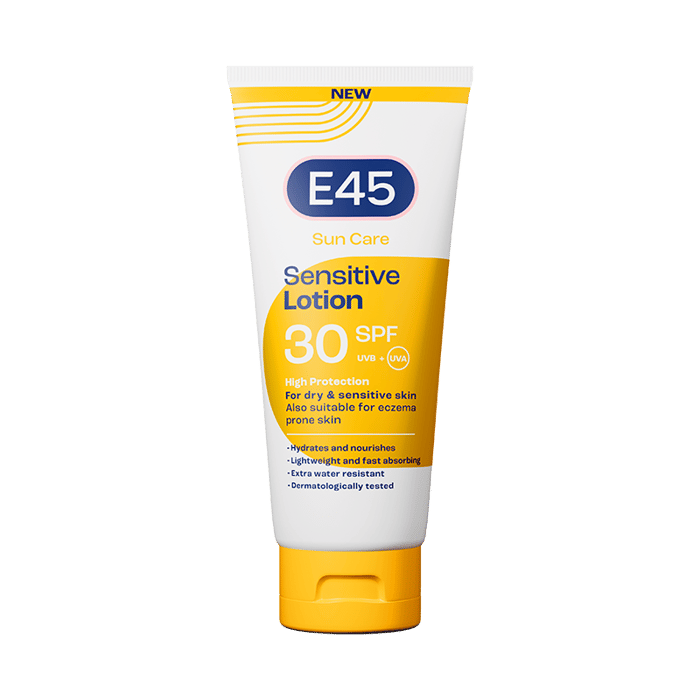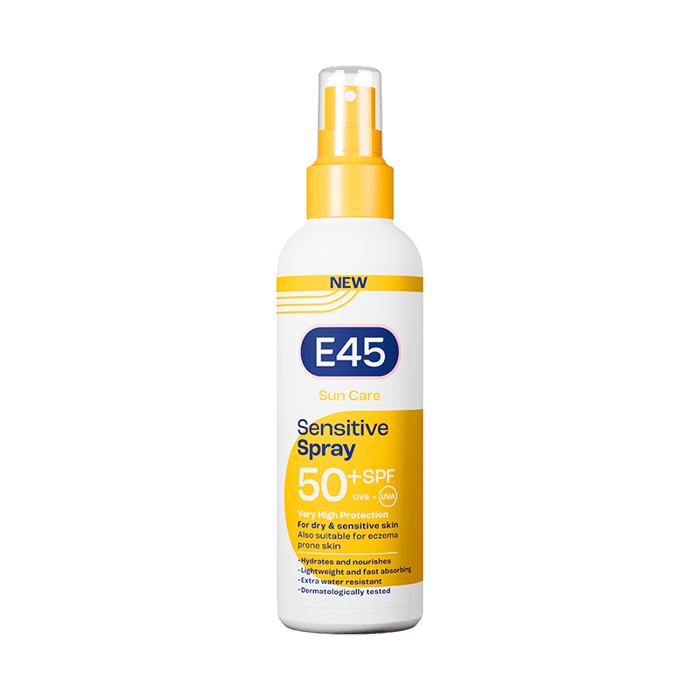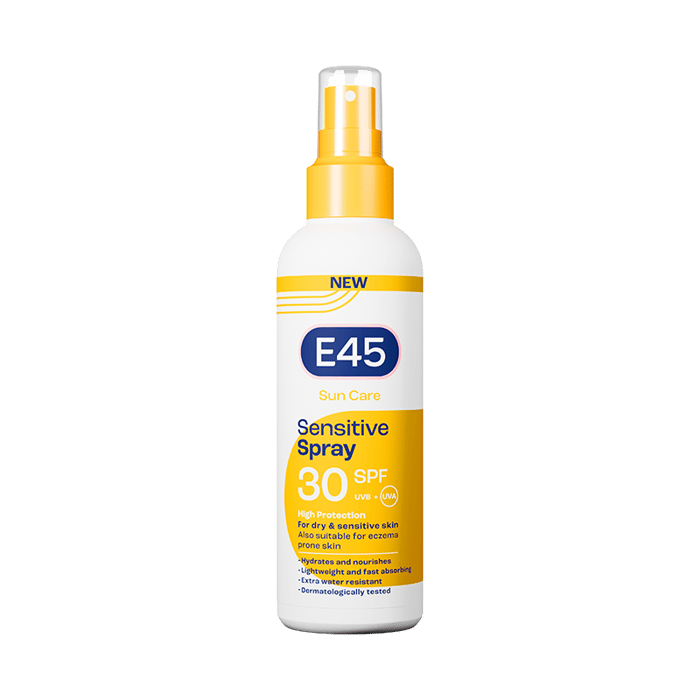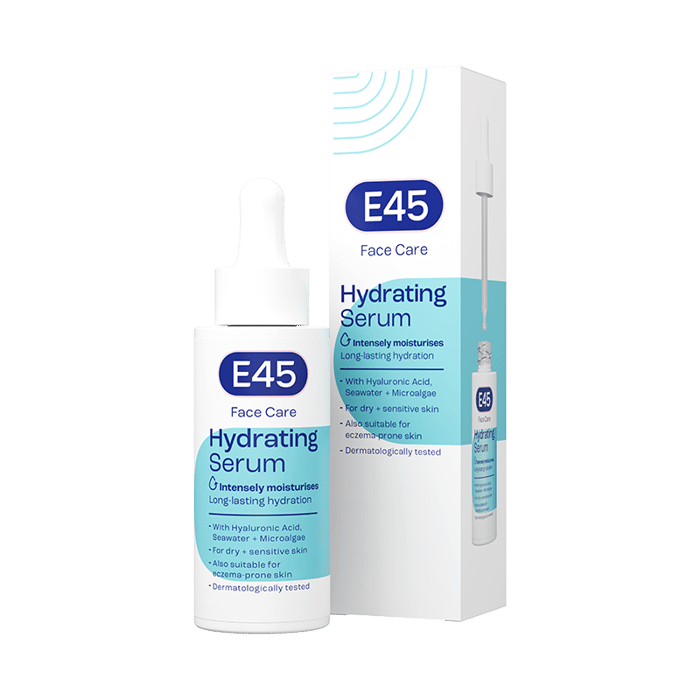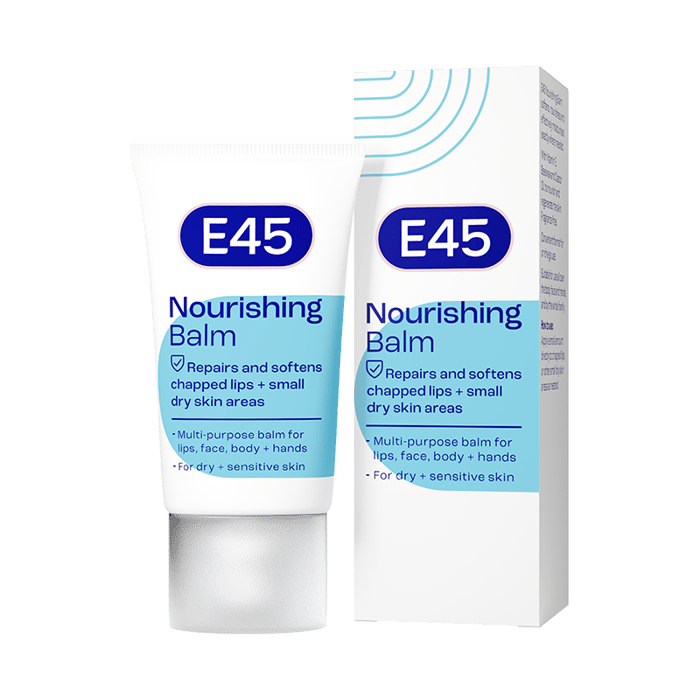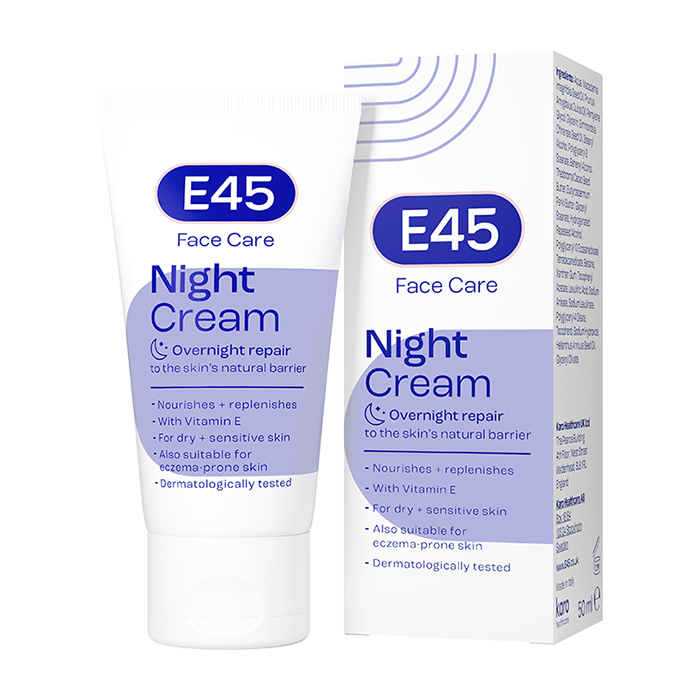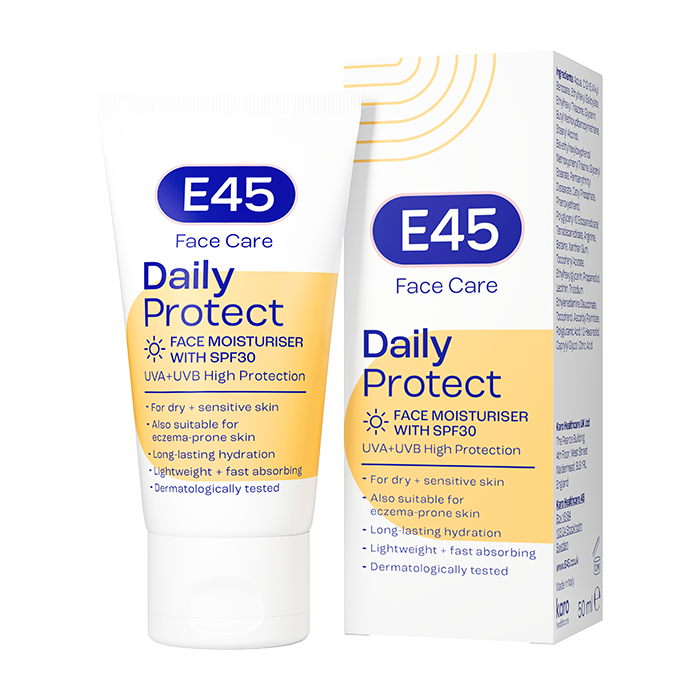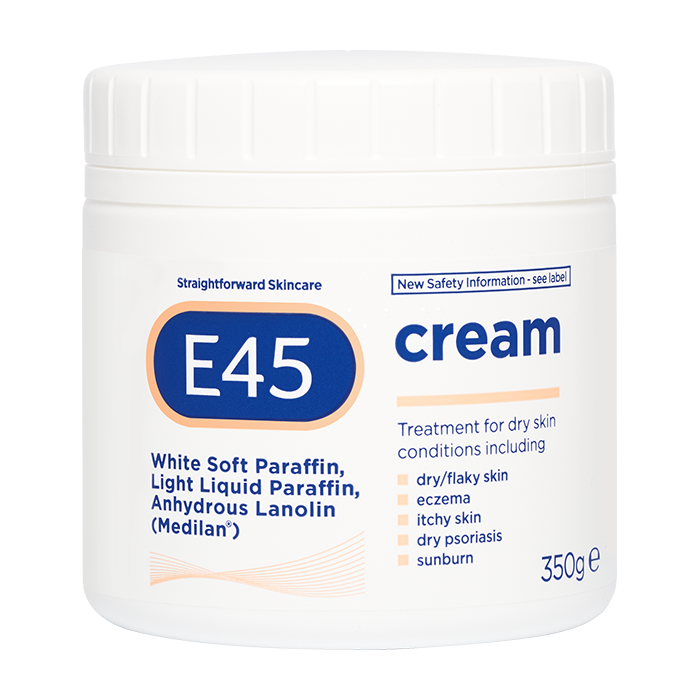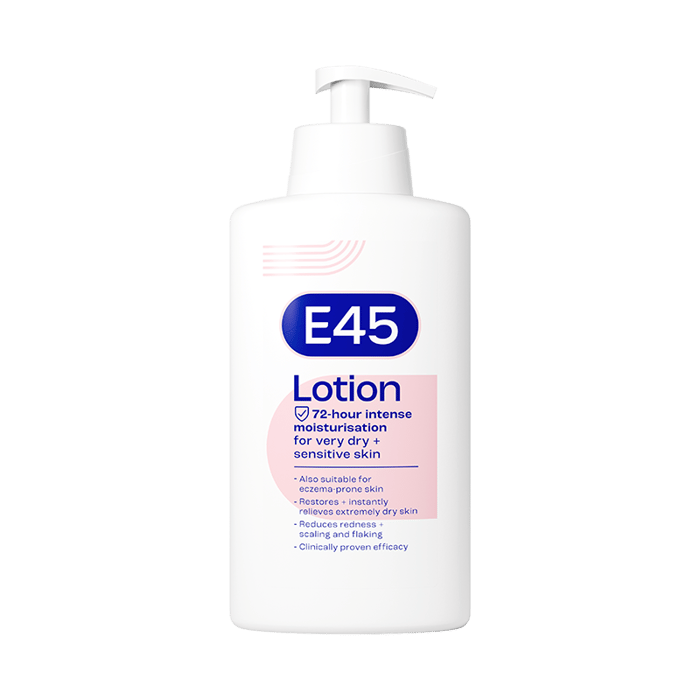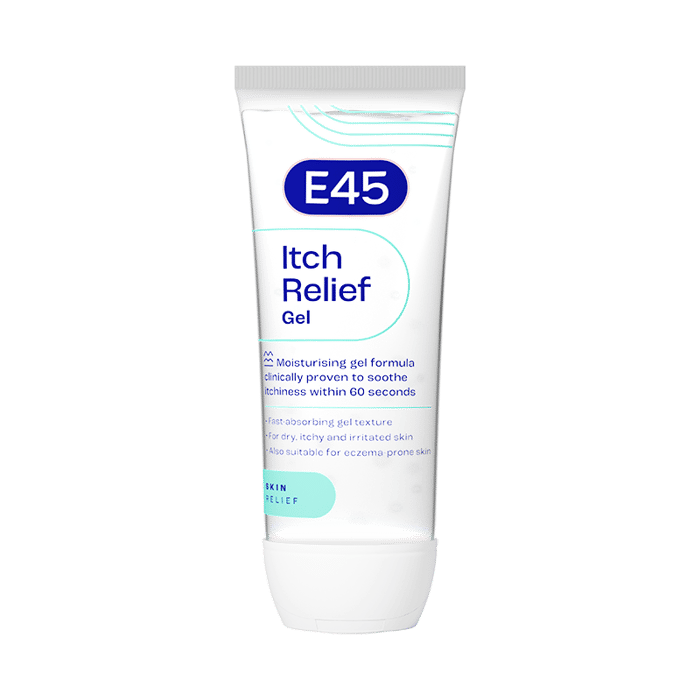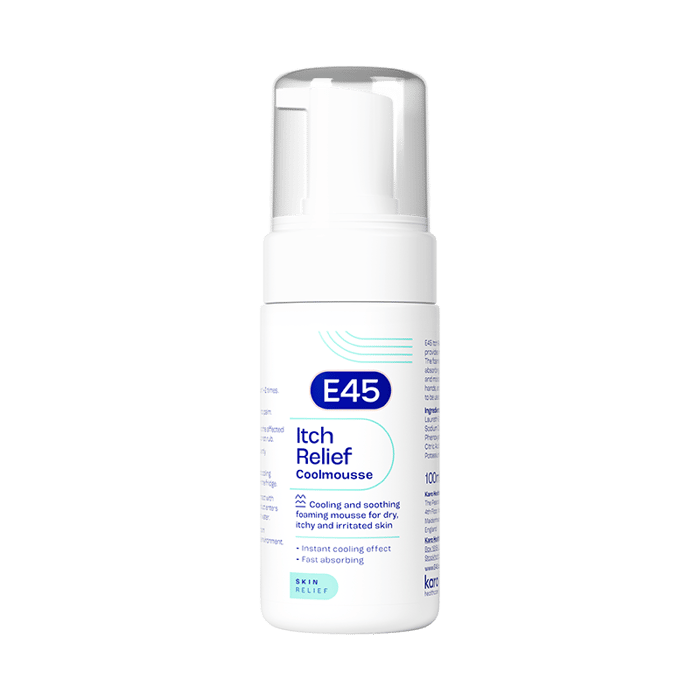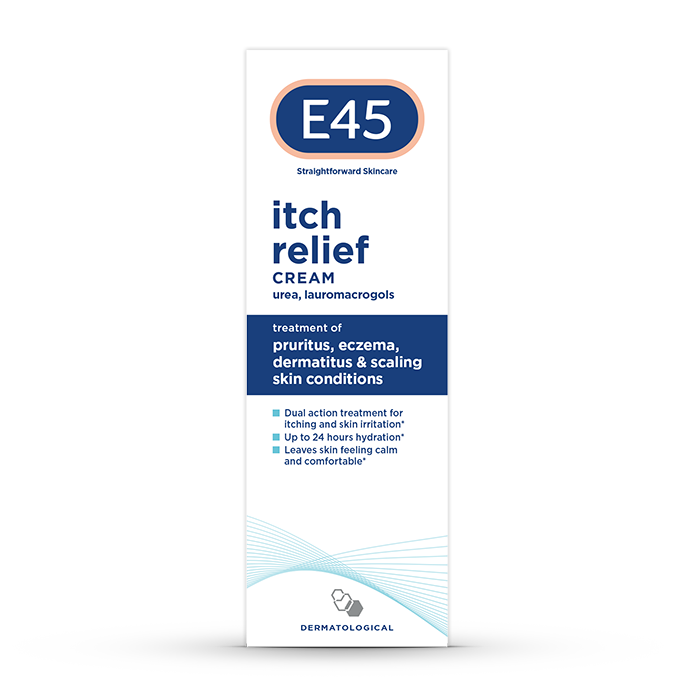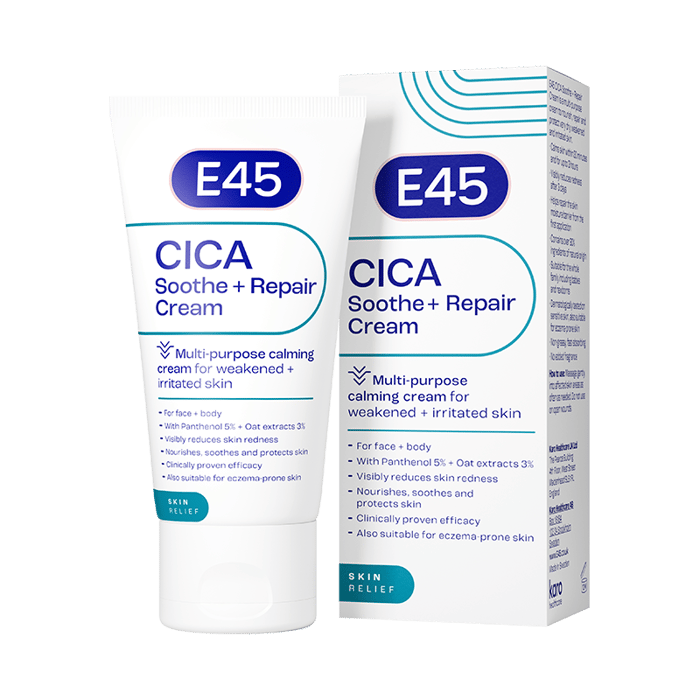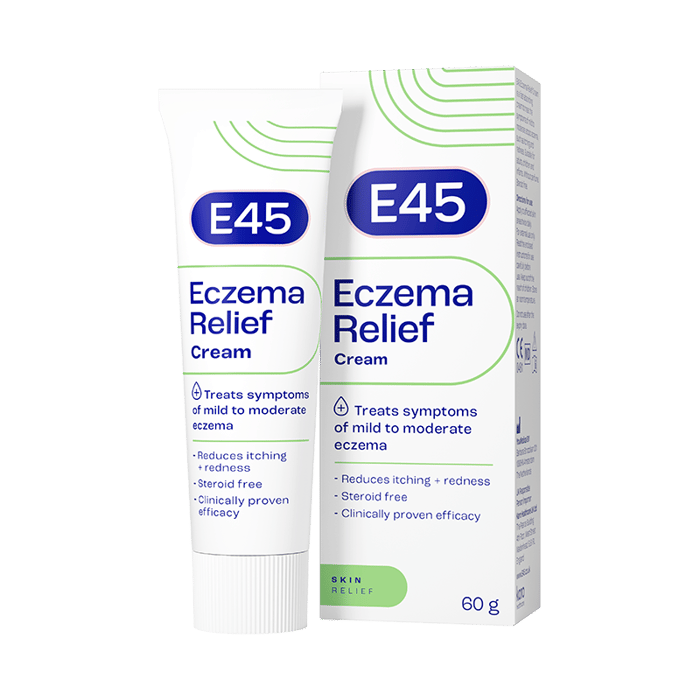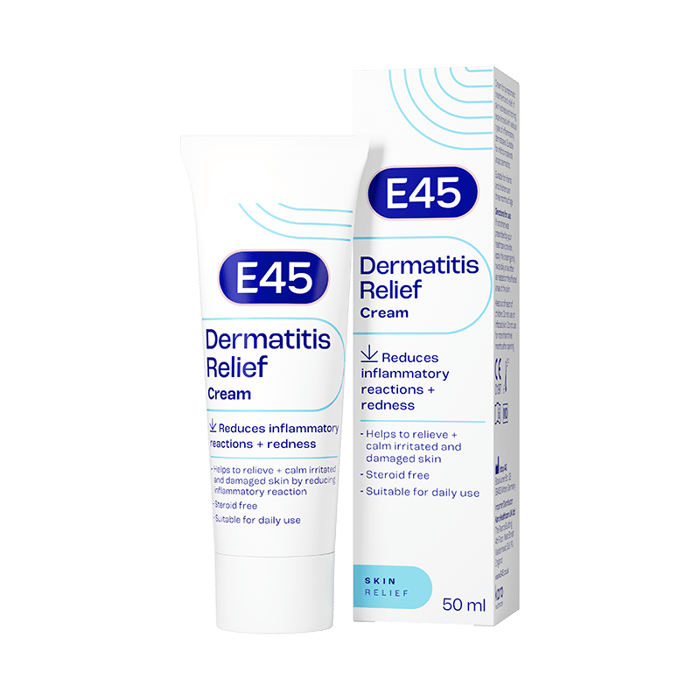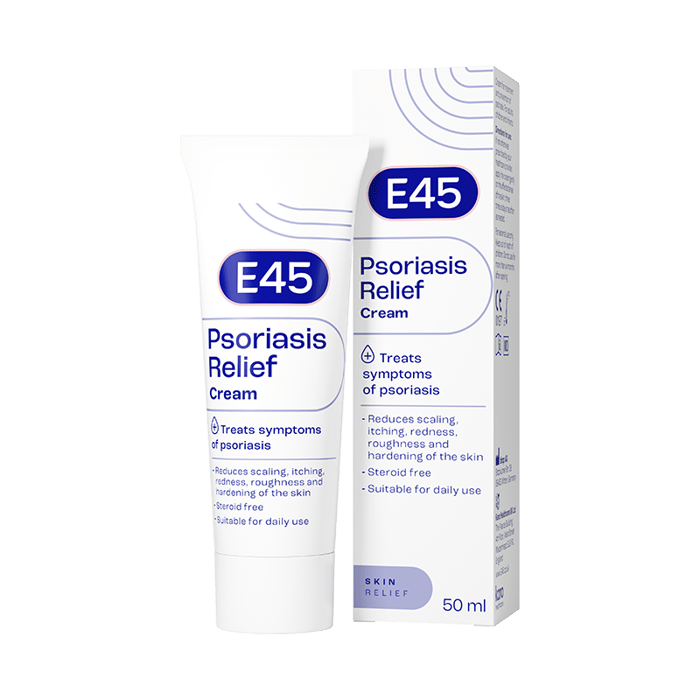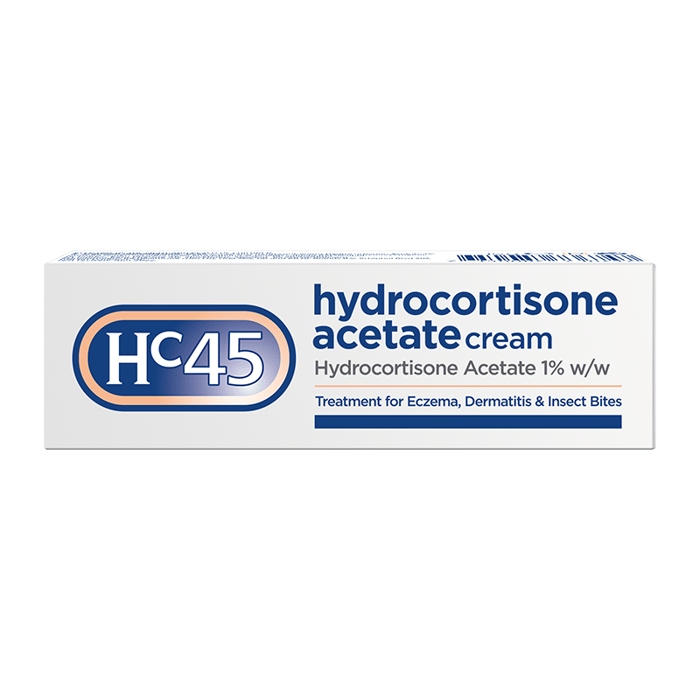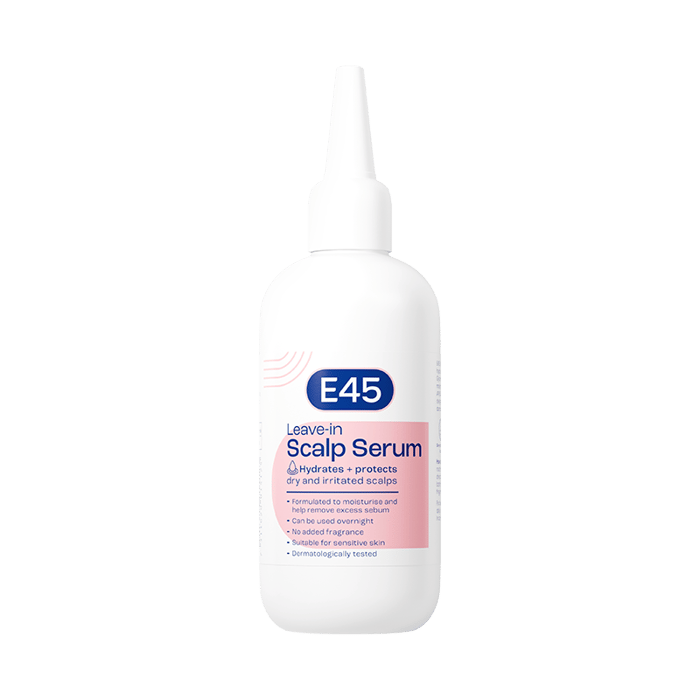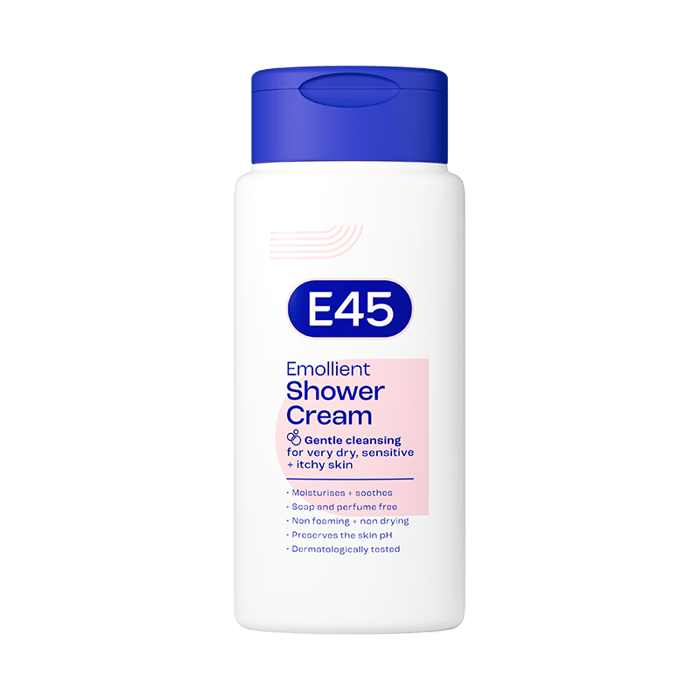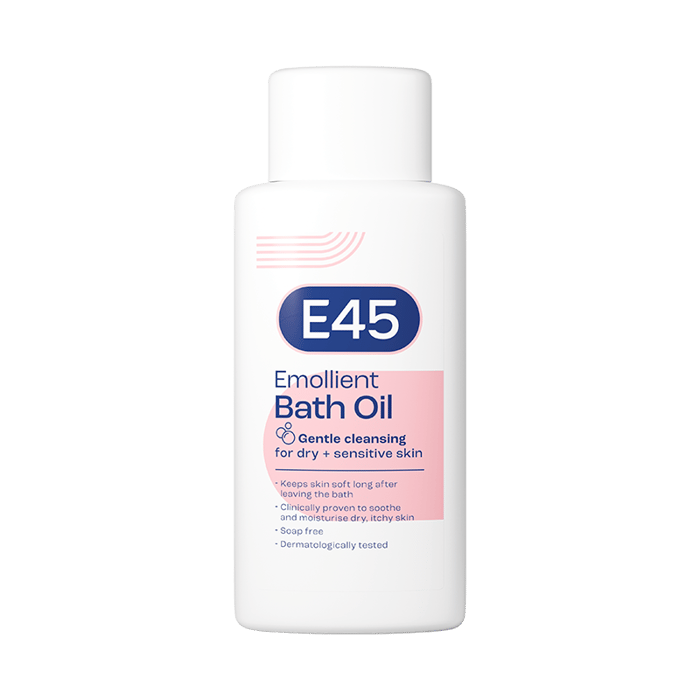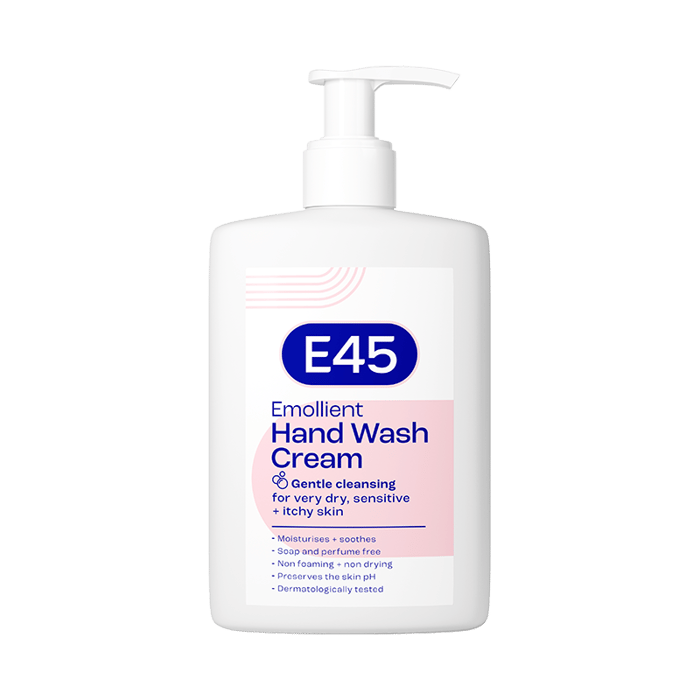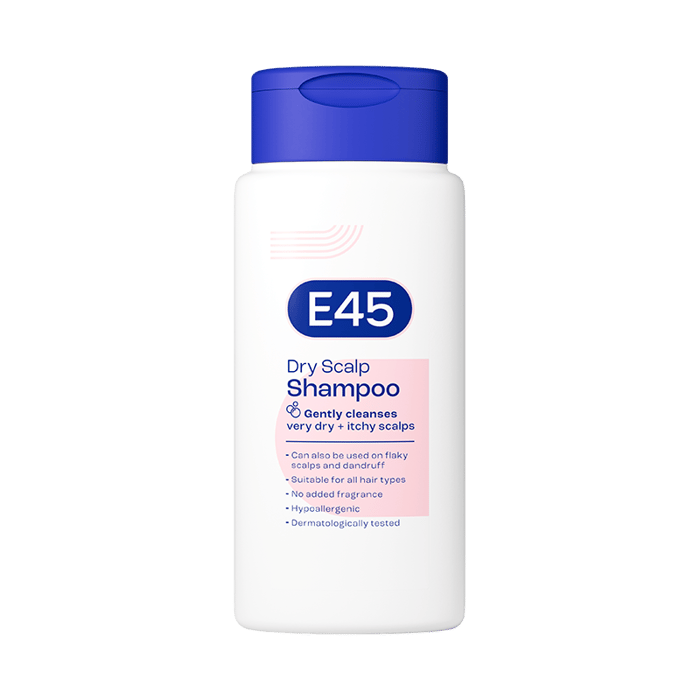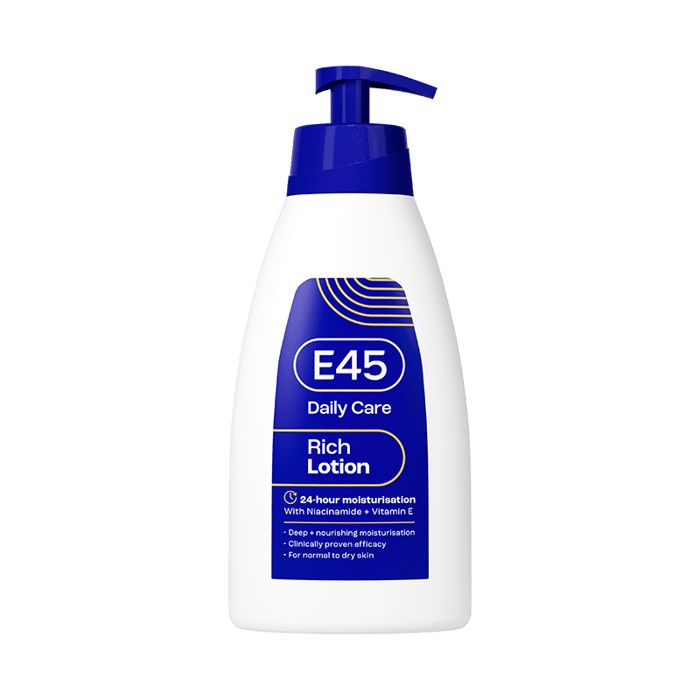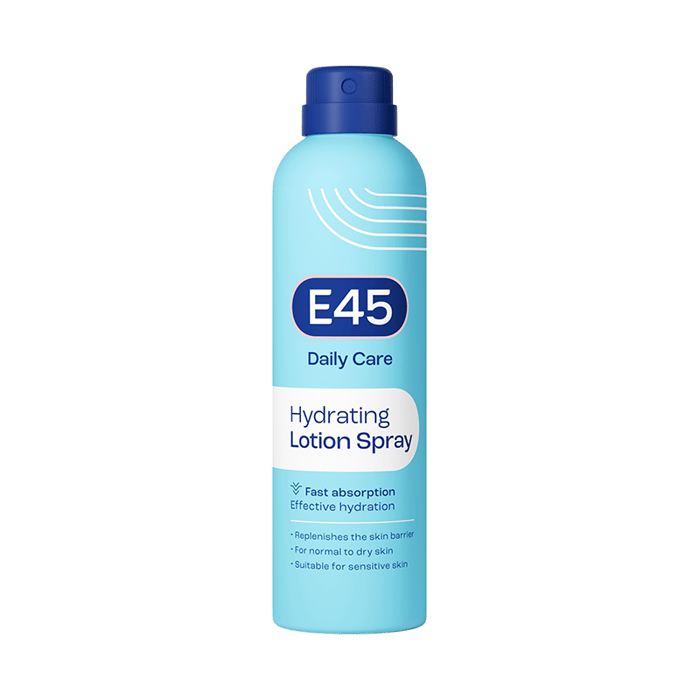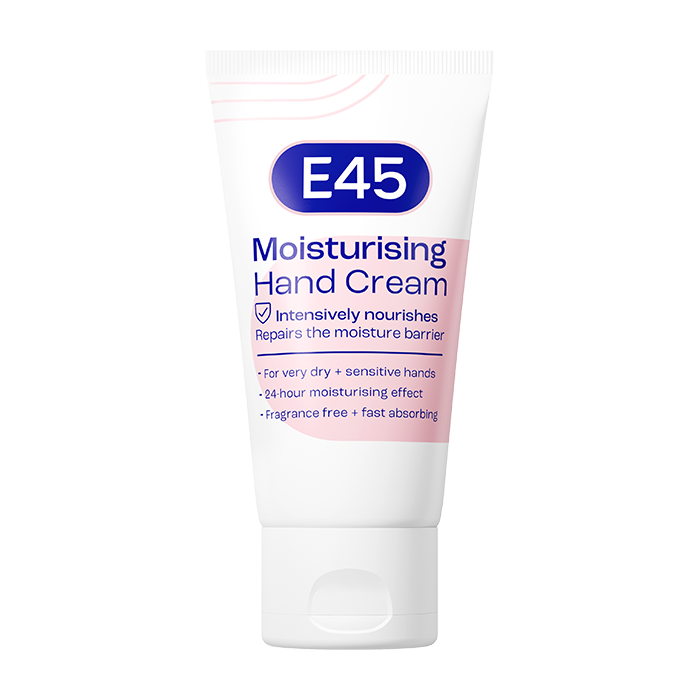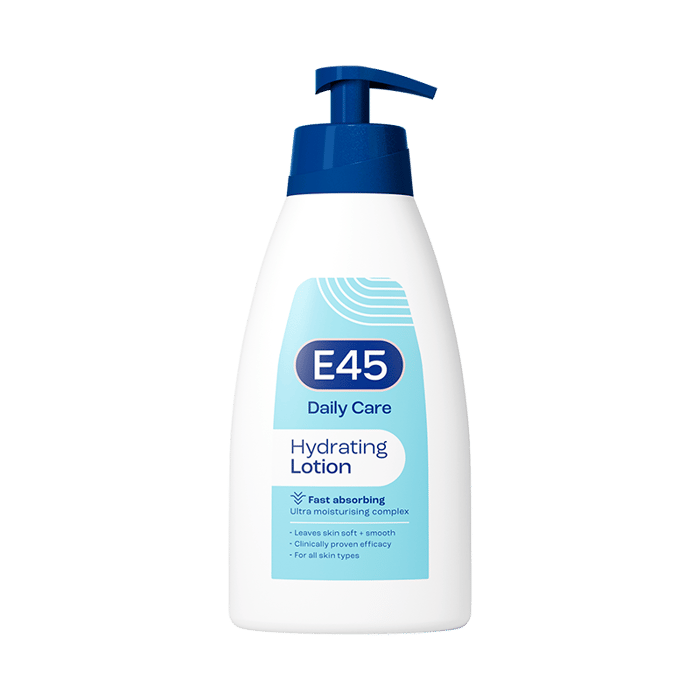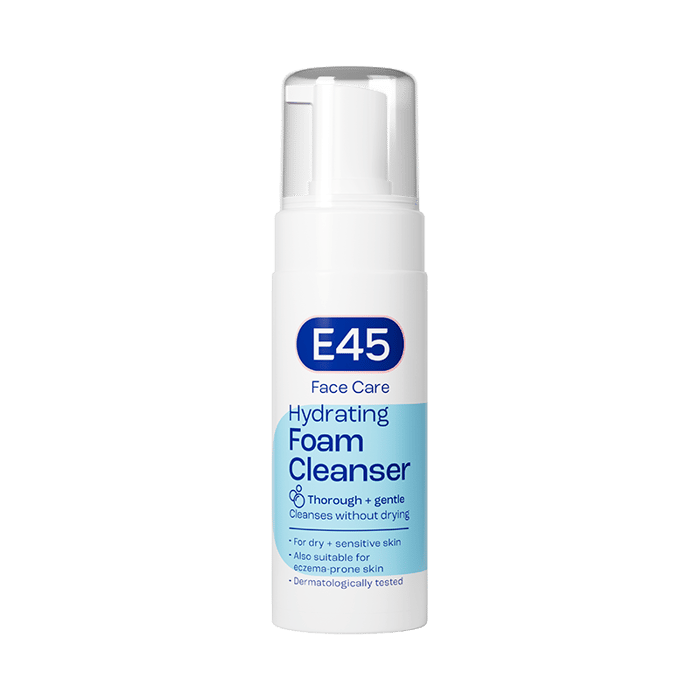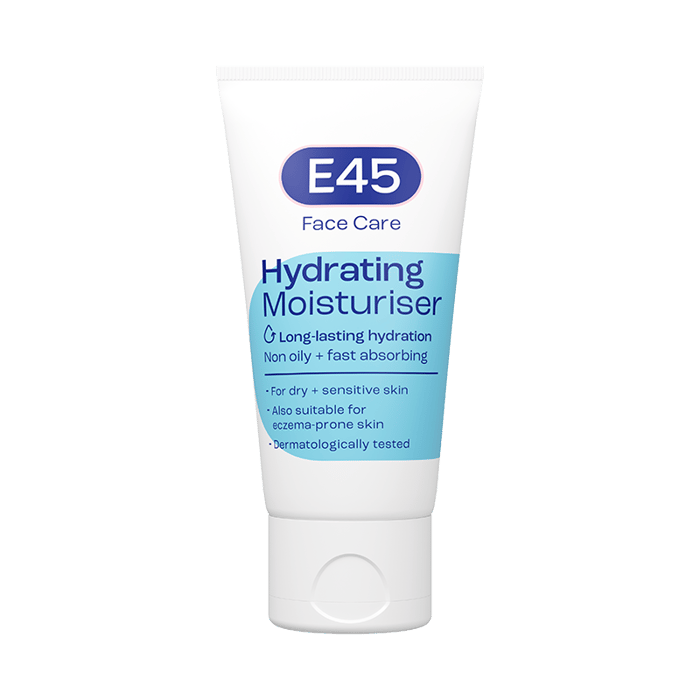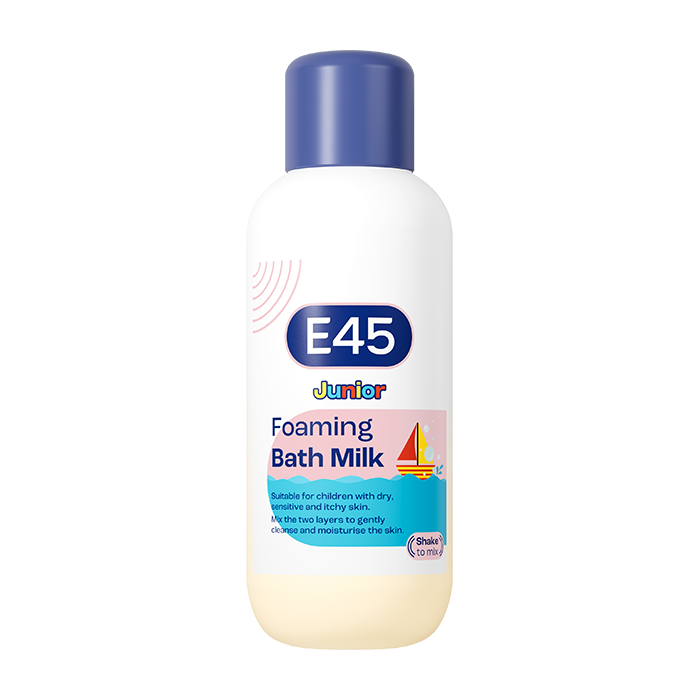What is Lamellar Ichthyosis?
Lamellar ichthyosis is a rare, lifelong skin disorder that affects the body’s ability to shed dead skin cells, causing thick, plate-like scales to form on the surface. These scales often cover large areas of the skin and can feel very tight, leading to ongoing discomfort.
The condition can also affect essential bodily functions, such as temperature regulation and sweating, making everyday life challenging for those affected. Although there is no cure for lamellar ichthyosis, managing symptoms with the right care routine can help improve comfort and ease some of the difficulties associated with the condition.
Read on to discover
- Causes
- Symptoms
- Diagnosis
- Management and treatment of Lamellar Ichthyosis
- Living with Lamellar Ichthyosis
- Conclusion
- FAQ – Lamellar Ichthyosis
Causes
Lamellar ichthyosis is a genetic condition, meaning it’s something a person is born with due to inherited genes. The condition often stems from changes in a specific gene called TGM1, which plays an essential role in helping the skin create its protective outer layer. When this gene doesn’t work as it should, the skin has difficulty shedding its outer layer, leading to a buildup of thick scales.
Researchers have identified that lamellar ichthyosis can be caused by several gene mutations, but TGM1 is the most common. This genetic change disrupts the skin’s natural process, making it challenging for the skin to protect itself and stay hydrated.
Symptoms
Lamellar ichthyosis presents a variety of symptoms that can affect both newborns and adults. The signs may change over time, so it’s helpful to understand how symptoms might appear in different stages of life.
In Newborns and Babies
- Collodion membrane: At birth, babies with lamellar ichthyosis are often covered in a shiny, tight membrane called a collodion membrane. This layer may crack and peel within the first few weeks, leaving the skin vulnerable to dryness and scaling.
- Skin tightness and peeling: After the collodion membrane sheds, the skin may appear tight and may peel, leading to discomfort.
- Increased risk of infection: Due to the peeling and cracking, newborn skin may be more prone to infections. It’s important to keep their skin clean and well-moisturised.
- Difficulty regulating body temperature: Babies may have trouble maintaining a stable body temperature due to issues with sweating, so keeping them in a controlled, comfortable environment is often essential.
- Eye protection challenges: Some newborns may struggle to fully close their eyelids due to skin tightness, which can lead to dryness and irritation around the eyes.
In Adults
- Thick, plate-like scales: For many with lamellar ichthyosis, large, plate-like scales continue to cover the skin. These scales often appear on the torso, arms, and legs and can range in colour from dark brown to lighter shades.
- Ongoing dry and flaky skin: Adults typically experience chronic dryness and flakiness, as the skin has difficulty retaining moisture.
- Restricted movement: Tight skin around joints, such as the elbows, knees, and fingers, can sometimes limit movement or cause discomfort in daily activities.
- Difficulty with temperature regulation: The condition often makes sweating difficult, impacting the body’s ability to stay cool in hot weather and requiring extra attention to avoid overheating.
- Changes in hair and nails: Adults with lamellar ichthyosis may have thin or brittle hair and thickened or unusually shaped nails due to the skin’s unique structure.
Diagnosis
To diagnose lamellar ichthyosis, doctors look for certain characteristic symptoms, such as a tight, clear film covering the baby’s skin at birth (known as a collodion membrane), as well as large, plate-like scales across the body. Common signs also include thickened palms and soles and, in some cases, rough or thickened nails.
For a more accurate diagnosis, a skin biopsy may be performed to examine specific proteins linked to lamellar ichthyosis. Additionally, a genetic test can identify mutations, like those in the TGM1 gene, which are associated with this condition. However, some genetic mutations causing ichthyosis may still be unknown, so test results may vary. (Source)
Management and Treatment of Lamellar Ichthyosis
While there is no cure, there are methods to help manage lamellar ichthyosis symptoms. Keeping the skin well-moisturised is essential, as it can soften scales, reduce tightness, and enhance comfort.
Moisturising the Skin
Regularly using moisturising creams designed for sensitive skin can make a noticeable difference. E45 Cream, is formulated to help the skin retain moisture, making it suitable for those with dry and sensitive skin.
Urea is a common ingredient in moisturisers for dry skin, and can also be especially beneficial. Urea helps to bind water in the skin, making it softer and less prone to cracking. Applying a rich, emollient cream with urea like E45 Itch Relief Cream at least twice a day, or as recommended by a healthcare provider, can be effective.
For people with lamellar ichthyosis, emollient bath oils like E45 Emollient Bath Oil can provide a soothing, hydrating layer on the skin during a bath, helping to manage discomfort from dryness and flaking.
Cleansing with Care
Because the skin is particularly sensitive, using mild, fragrance-free cleansers is beneficial. Products such as the E45 Emollient Shower Cream and E45 Emollient Hand Wash Cream are gentle options that support the skin’s natural moisture barrier. Avoiding harsh soaps helps prevent the skin from drying out further, which can be uncomfortable and aggravate symptoms.
Exfoliating with Caution
While exfoliating can help remove dead skin, it’s essential to do so cautiously. Harsh exfoliants can irritate sensitive skin, so it’s best to use mild exfoliating products and to exfoliate only when recommended by a healthcare provider. This gentle approach can help manage scaling without worsening dryness and sensitivity.
Conclusion
Living with lamellar ichthyosis presents ongoing challenges, both physically and emotionally, yet a consistent, gentle skincare routine can provide some relief and make daily life more manageable. Although the condition has no cure, personalised care, regular health check-ups, and support from communities can help ease the discomfort and social impact it may bring.
By understanding their unique skin needs and seeking support, individuals with lamellar ichthyosis can improve their quality of life, finding strength in effective management and a supportive community.
For more information about ichthyosis, visit our Ichthyosis Information Page.
FAQ: Lamellar ichthyosis
Is lamellar ichthyosis curable?
Unfortunately, lamellar ichthyosis has no cure. It’s a lifelong condition, but with the right care, the symptoms can be managed. Consistent use of moisturisers, gentle cleansers, and emollients helps soften and hydrate the skin, reducing discomfort and improving quality of life. Healthcare professionals may also offer tailored advice for each person’s unique needs.
Is lamellar ichthyosis rare?
Yes, lamellar ichthyosis is considered a rare genetic disorder. It affects only a small number of people worldwide, which can sometimes make it challenging to find others who understand the condition. However, support groups and online communities for rare skin conditions can be helpful resources for information and connection.
What genetic mutation causes lamellar ichthyosis?
The most common genetic mutation causing lamellar ichthyosis is in the TGM1 gene, which plays a role in skin barrier function. Other gene mutations can also lead to lamellar ichthyosis, although they are less common. Genetic testing can help identify the specific mutation, providing more insight into the condition and helping guide care and management.

